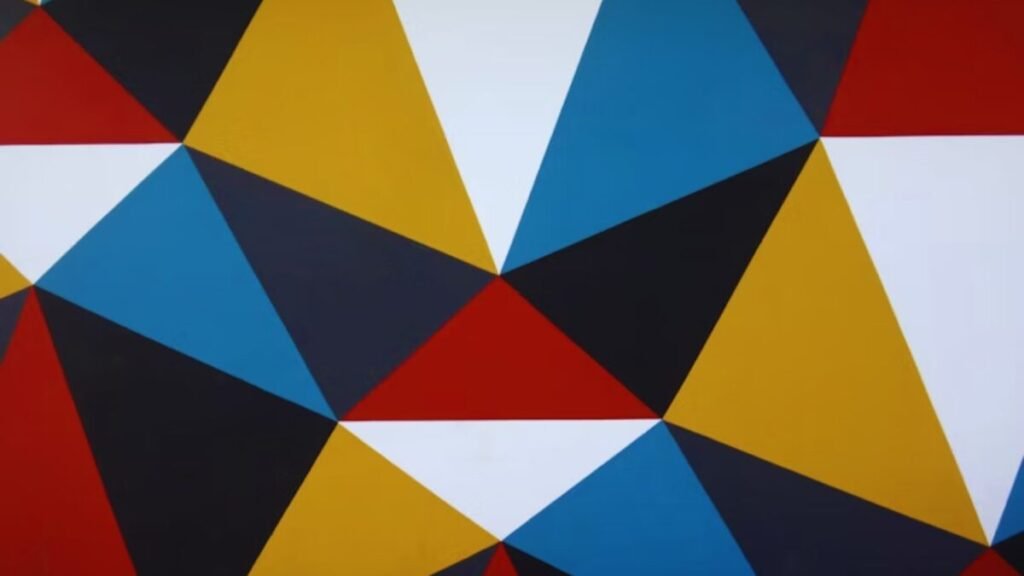Unexpected geometry promising to unite particles and cosmos

It is often associated with lines and triangles in school, but in the scientific field, it can become an instrument to decipher the universe. Claudia Fevola and Anna-Laura Sattelberger have developed a that seeks to bridge the gap between the smallest and the largest, between the
A new mathematical language

, the work does not describe experiments, but a conceptual approach. Its core is positive geometry, inspired by objects like the amplitudehedron, capable of representing physical interactions like volumes within complex structures. This vision suggests that the same geometric language could describe seemingly disconnected processes, from .
From particles to the early universe
The study uses tools such as algebraic geometry, combinatorics, and D-modules to reinterpret central calculations in physics, such as Feynman integrals. , key in the probability of particle interactions, takes on new dimensions when reconsidered with geometric structures.
The same framework is applied to cosmic : cosmological polyhedra allow for the analysis of correlations in the background radiation and reconstruct, from them, conditions of the early universe.
An expanding young discipline

Although positive geometry is still in development, its potential is significant. Fevola and Sattelberger insist that this is not metaphysical speculation, but a rigorous field seeking to integrate fragmented branches of physics. Unlike ancient views like those of Kepler, this proposal is based on formal mathematical models that do not seek to impose aesthetic harmony, but to discover precise and verifiable relationships.
Beyond a calculation tool
The background of this research is ambitious: . No longer just as a support, but as a structure that could reveal the very essence of reality. Although there is still a long way to go, the proposal opens a fascinating door to a future where the laws of the universe are read, literally, in a new geometric language.






